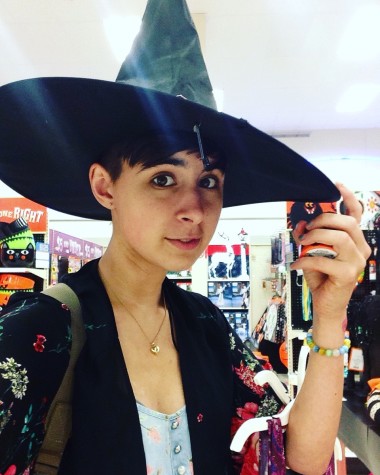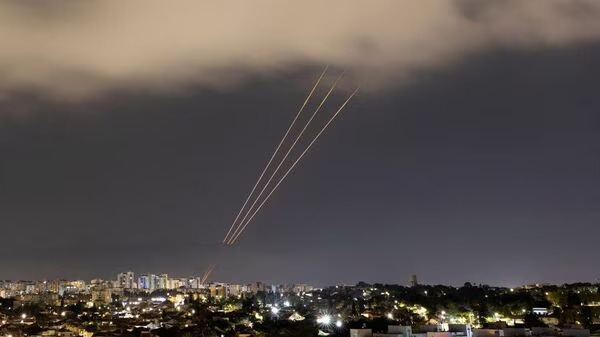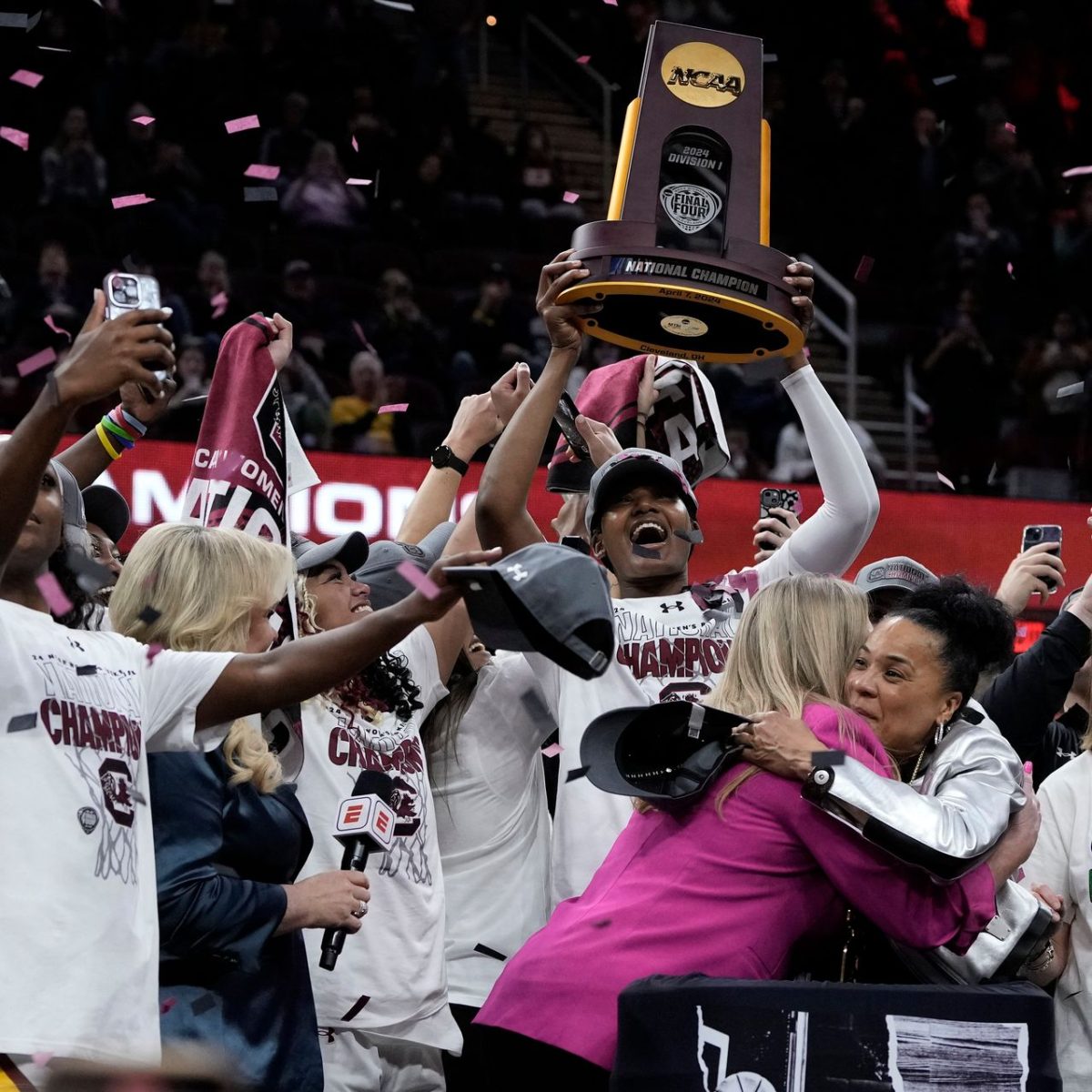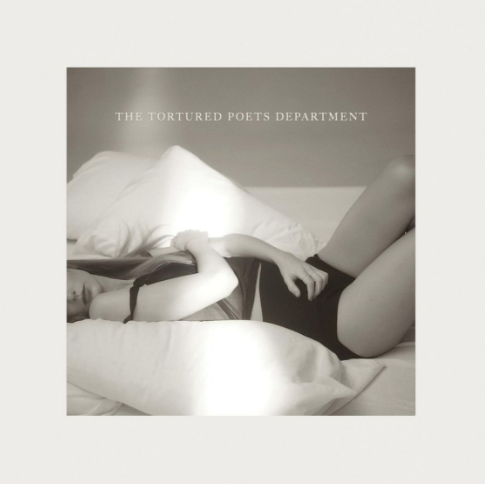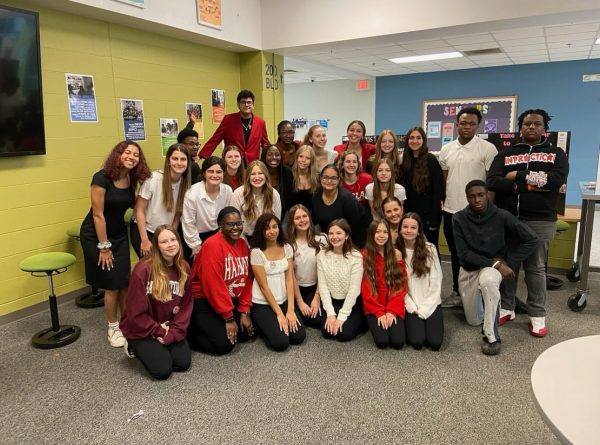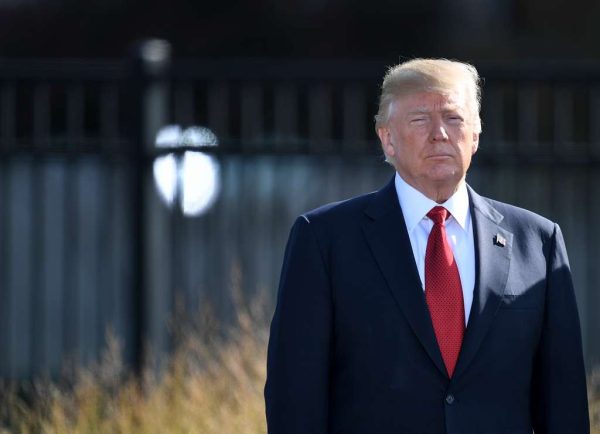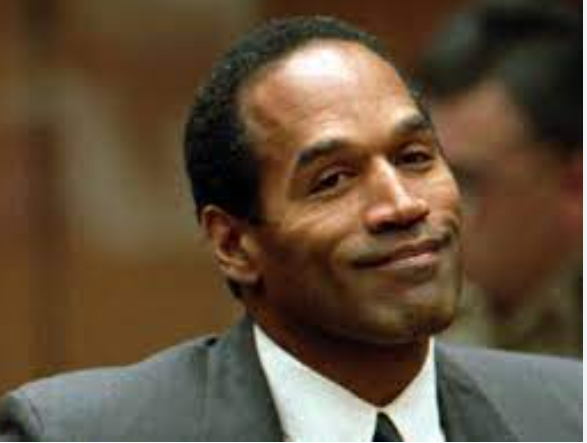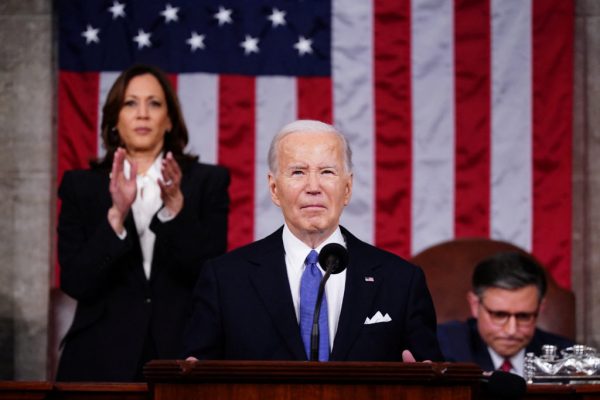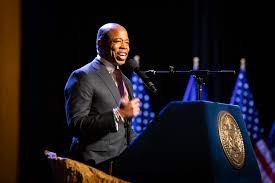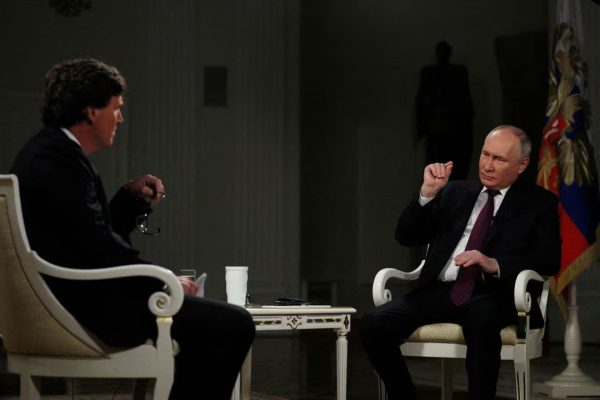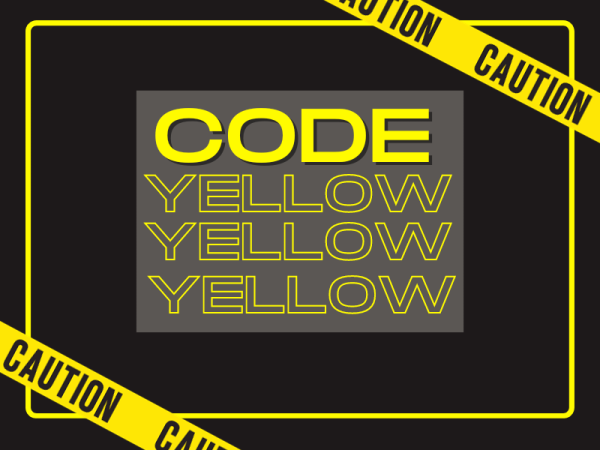Red Alerts and Gray Skies

Taken during the “airpocalypse,” people still flock to see Beijing’s tourist hubs even when the sky and air are grey with smog. The Beijing city government is being harshly criticized for the air quality in the city while the Paris climate talks took place.
December 17, 2015
Much of the Chinese capital shut down December 8 after Beijing’s city government issued its first red alert for pollution. This resulted in the closure of schools and construction sites, and restricted the number of cars on the road to the odd or even number on their license plates. The alert lasted for three days, lifting on Thursday the tenth after a cold front came through, helping lift the heavy pollution. This was the first time the government had raised the alarm to its highest level since an emergency air-pollution response system was announced in 2013 after air pollution in January broke the air quality scale. The air scale quality, commonly referred to as AQI, is the scale ranging from 0-50 meaning the air is clean, to 301- 500, meaning the air is hazardous to all and a red alert should be issued. The worst cities in the United States have an AQI of 325 daily, but in Beijing, in January 2013, the AQI topped out at 755 with the air being described as “toxic gas.” One of the main reasons the heavy smog returned to the capital city early this year was the early season cold snap. In China, coal is free to use, and most citizens use it to heat their homes. Chinese officials have promised to curb coal use in order to address both air pollution and carbon dioxide emissions at international climate change talks, including the ones that took place earlier this month in Paris.
The red alert may have been the Beijing government’s response to heavy criticism they received from many residents. The week before the red alert, when the pollution was much higher with the addition of PM 2.5 levels which are fine particulates that can coat the inner lining of one’s lungs, the government only issued an orange alert, the second highest, during the most recent “airpocalypse.”
Junior Jonathan Locker, who is in Beijing currently through the exchange program, discussed what the Beijing Royal School was doing in the wake of the alert: “ I always wear a mask when I go out; so do the other students. I have not had to get a new one because the school provided a new free one, as well as giving us a plant to put in your room to help with the pollution that might be in your room and some oranges in case you get sick.” He talked about how public schools closed, but since Beijing Royal School is a private school, classes have run as usual. Closer to home, junior Alaina Bubeck also commented on the alert: “It is kind of terrifying to think that is how people have to live and how kids have to grow up. I could not imagine that kind of air ever.” Hopefully North Carolina will never have to learn how to breathe in smog, but for now, that is Beijing’s reality.


